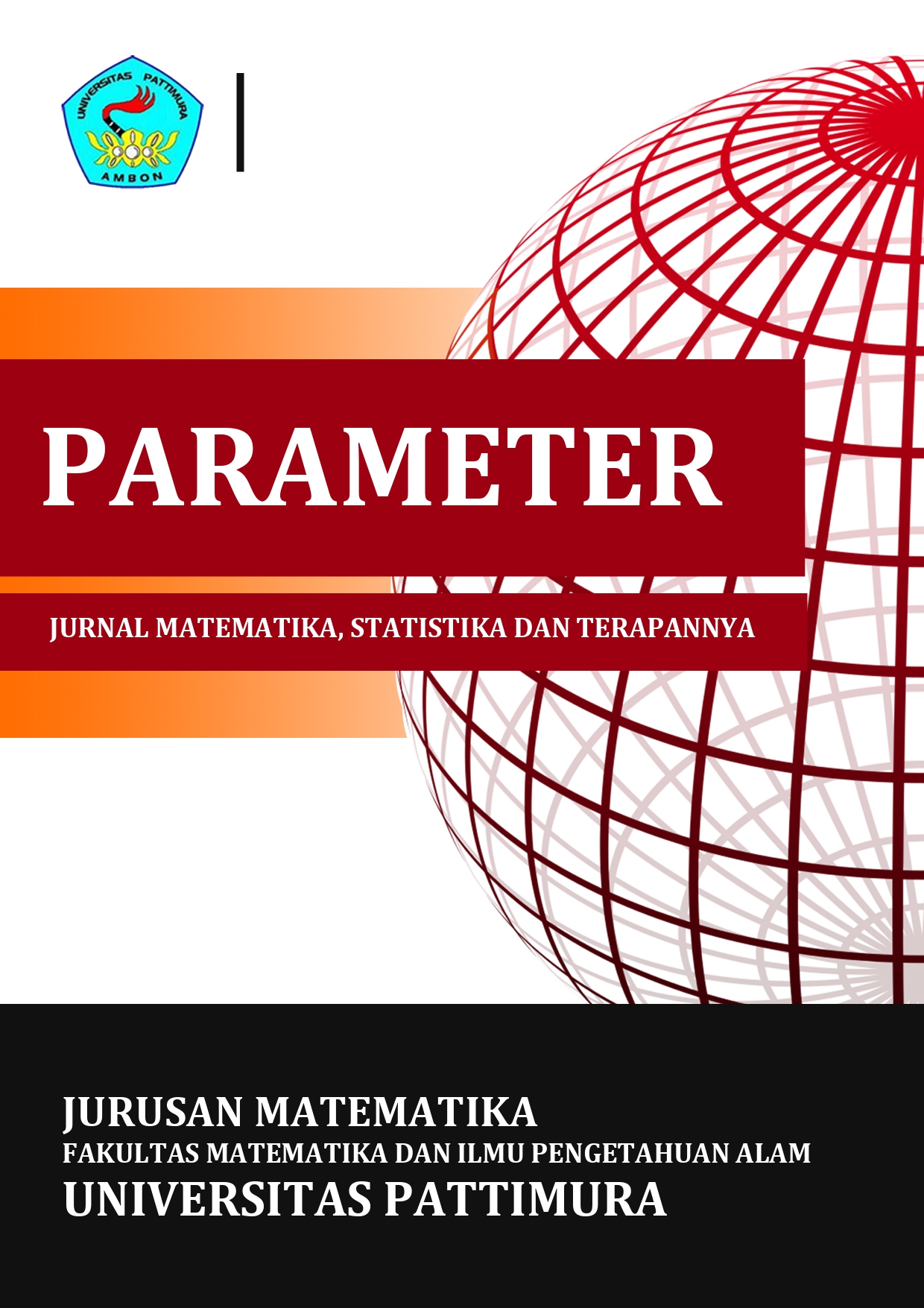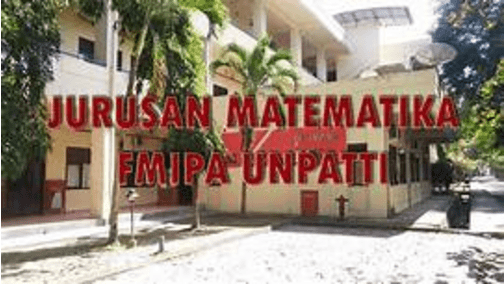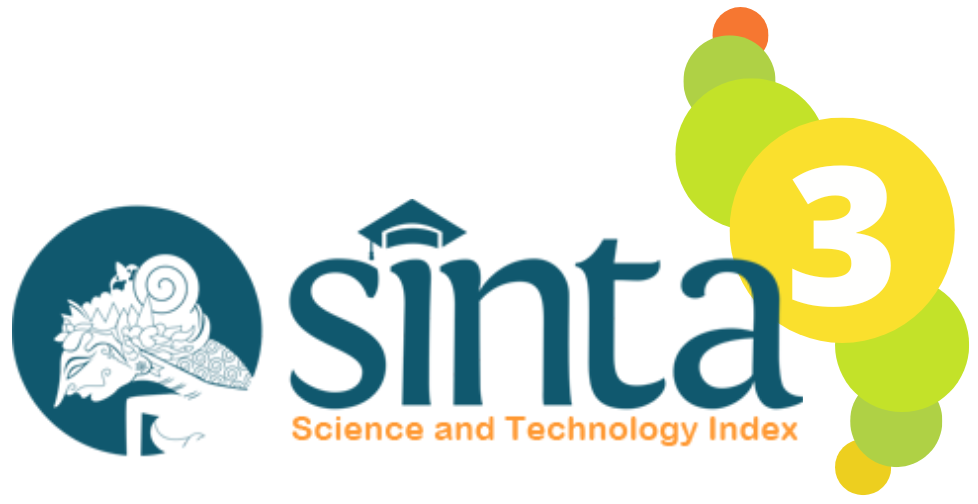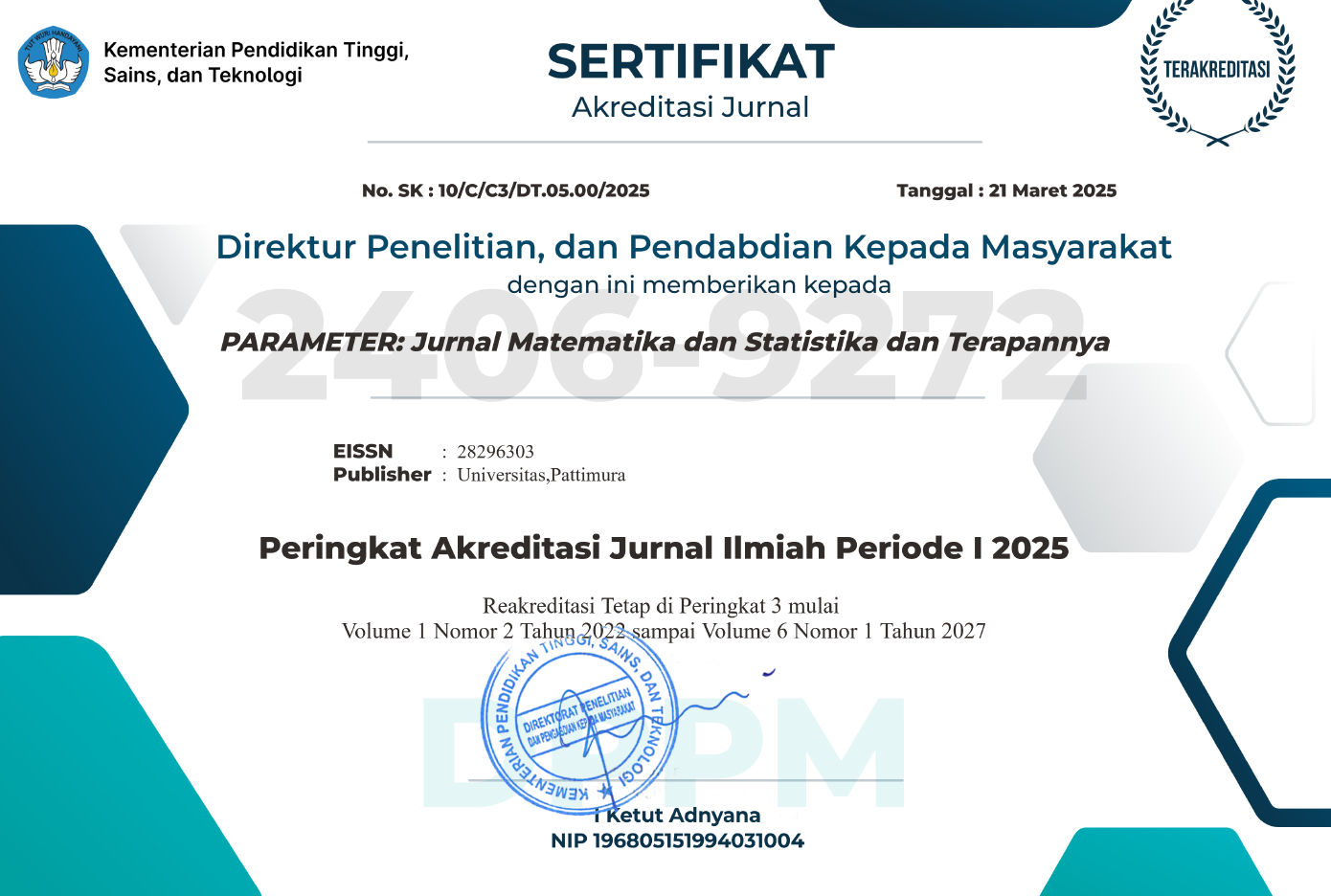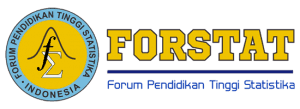ANALISIS CLUSTERING PADA KABUPATEN/KOTA DI PROVINSI MALUKU BERDASARKAN FAKTOR PENYEBAB GIZI BURUK MENGGUNAKAN K-MEANS CLUSTER
Abstract
Kekurangan gizi, terutama pada usia dini, berdampak signifikan pada perkembangan anak. Provinsi Maluku merupakan salah satu provinsi dengan persentase balita gizi buruk dan gizi kurang yang melebihi persentase nasional yaitu persentase balita gizi buruk sebesar 0,7% dan 4,7% untuk balita gizi kurang. Penelitian ini bertujuan mengelompokan kabupaten/kota di Provinsi Maluku berdasarkan faktor penyebab gizi buruk. Diperoleh hasil penelitian yaitu terbentuk 3 cluster kabupaten/kota dimana persentase penduduk miskin (X6) memiliki perbedaan nyata di antara pada ketiga cluster. Cluster1 berisikan 6 kabupaten/kota yang memiliki karakteristik kurang baik terhadap keenam faktor penyebab gizi buruk. Kota Ambon pada cluster2 harus mendapat perhatian khusus terhadap pemberian ASI eksklusif (X1). Serta jumlah dokter (X3) dan jumlah bidan (X4) yang harus ditingkatkan pada cluster 3 dimana terdapat 4 kabupaten/kota.
Downloads
Copyright (c) 2024 Netha Papilaya, Raditya Tuasikal, Verawati Idris, Sanlly Joanne Latupeirissa, Gilbert A. Souisa

This work is licensed under a Creative Commons Attribution-ShareAlike 4.0 International License.

